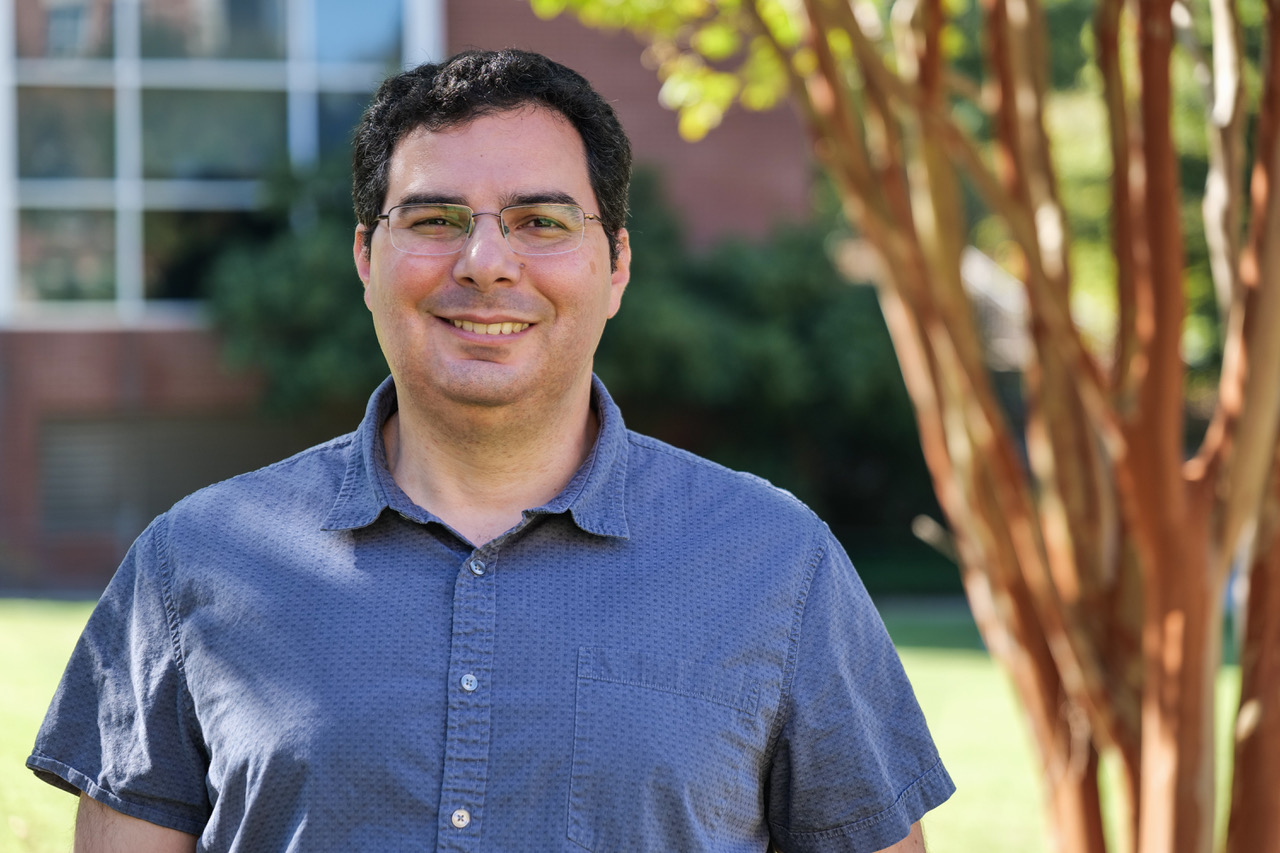COSAM News Articles 2020 October NSF award for $420,000 invests in research developing diagnostic sensors to prevent long-term damage caused by high levels of oxidative stress
NSF award for $420,000 invests in research developing diagnostic sensors to prevent long-term damage caused by high levels of oxidative stress
Millions of people suffer from cardiovascular, inflammatory and neurological disorders. Oxidative stress is a direct symptom based on imbalances in the human body that are linked to these diseases.
Christian R. Goldsmith, an associate professor in the Department of Chemistry and Biochemistry whose research focuses on inorganic chemistry, is leading an interdisciplinary team at Auburn University to develop innovative molecular sensors to detect the overproduction of Reactive Oxygen Species (ROS), also known as free radicals, which are unstable molecules that normally play important roles in cellular signaling.
However, an overproduction of ROS in the body can lead to damage resulting in lifelong and even terminal diseases. The human body naturally has defense mechanisms to detoxify ROS and eliminate overproduction. If the human body cannot successfully eliminate the increased levels of ROS, it can lead to cell dysfunction and risk of disease.
“We are creating sensors in our lab that could help us pinpoint the steady-state concentrations [of ROS] in a specific area,” Goldsmith said. “These sensors could detect problems in the heart and brain through non-invasive procedures saving lives.”
Goldsmith is the recipient of a $420,000 award from the National Science Foundation (NSF), Division of Chemistry.
He and his team developed the model and sensing strategy at Auburn University.
“Currently, there is a significant lack of reliable imaging techniques to understand the role of ROS in disease,” he said. “These small molecule sensors will create two distinct Magnetic Resonance Imaging (MRI) signals before and after their interaction with ROS.” Comparing the signal intensities can allow researchers to determine how much ROS is in a particular part of the body, providing critical information for doctors.
“Improved diagnostic techniques could help medical professionals identify these specific conditions before irreversible long-term damage to the tissue occurs, making treatment more effective,” he added.
The interdisciplinary team includes collaborations with the Auburn University MRI Research Center and Auburn University College of Veterinary Medicine. Additionally, Adil Bashir from the Samuel Ginn College of Engineering and Ivana Ivanović-Burmazović’s team at the Ludwig Maximilian University of Munich will be working on the project.
“These sensors are essential tools that will help other researchers advance procedures to help reduce the effects of ROS,” Goldsmith explained.
Goldsmith’s research also has an impact for COVID-19.
“Patients that develop severe symptoms from COVID-19 often have high levels of oxidative stress in their bodies,” he said. “My research has the potential to help these patients.”
Latest Headlines
-
02/12/2025
-
02/11/2025
-
02/10/2025
-
01/30/2025
-
12/03/2024

